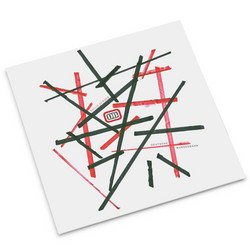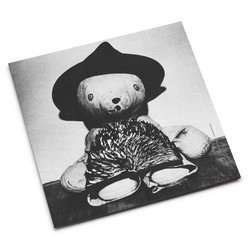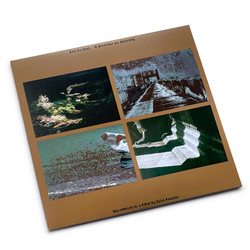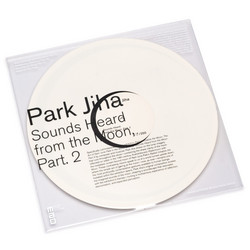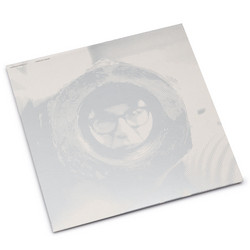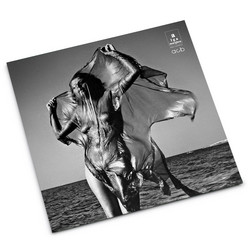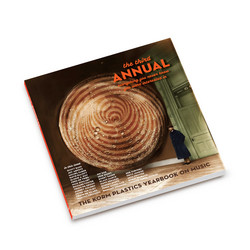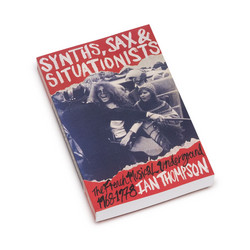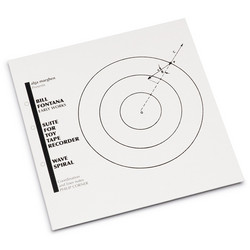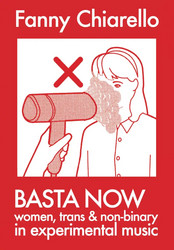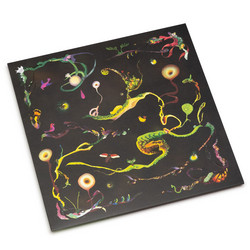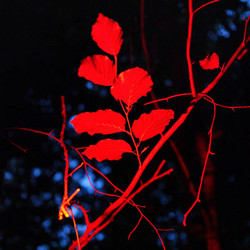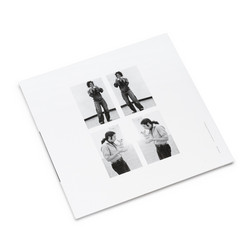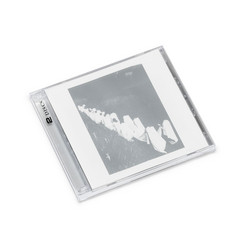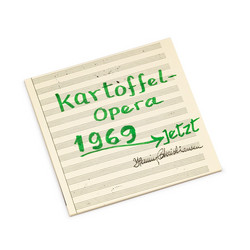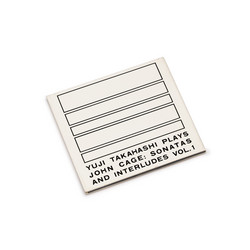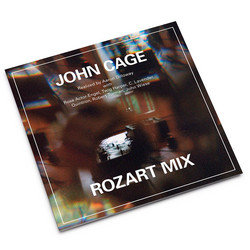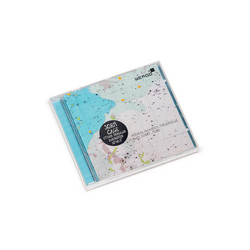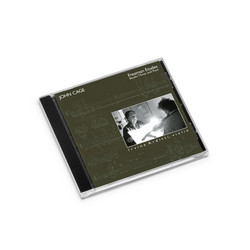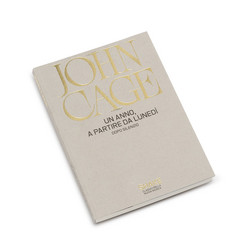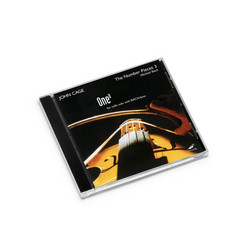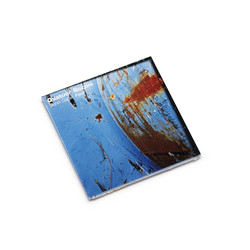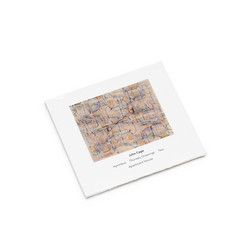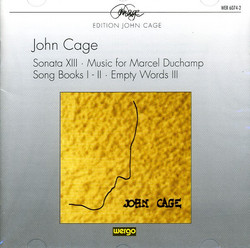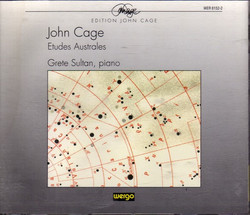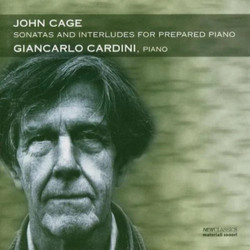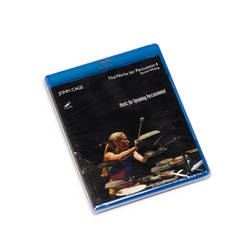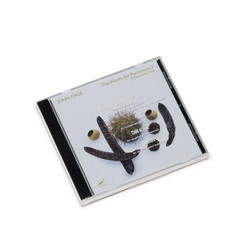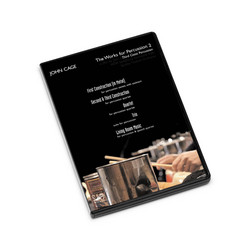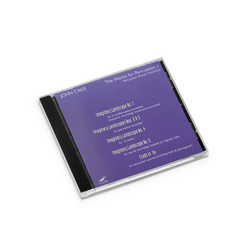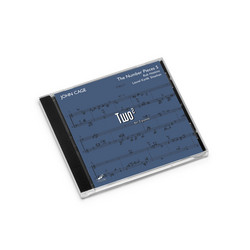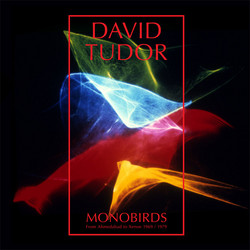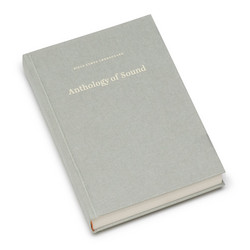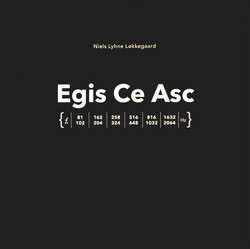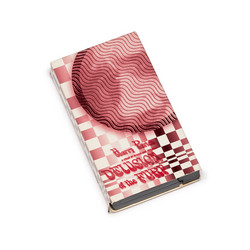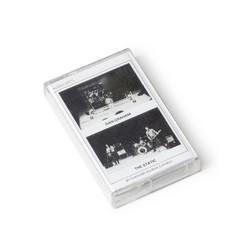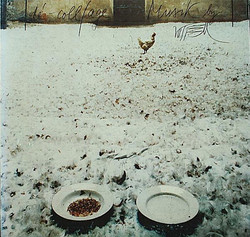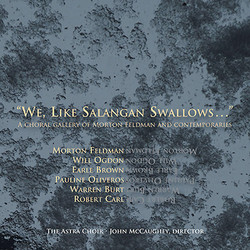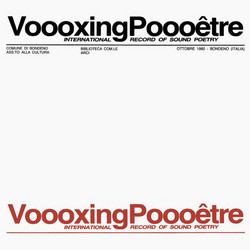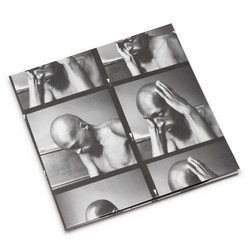John CageFeaturing: David Tudor
Variations VII - 9 Evenings: Theatre & Engineering (2LP)
Lucky restock, last copies In late 1965, Billy Klüver, a research engineer at Bell Telephone Laboratories, arranged for ten New York artists -- John Cage, Lucinda Childs, Öyvind Fahlström, Alex Hay, Deborah Hay, Steve Paxton, Yvonne Rainer, Robert Rauschenberg, David Tudor and Robert Whitman -- to meet with a group of his fellow engineers and scientists from Bell Laboratories to work together to develop technical equipment to be used as an integral part of the artists’ performances. 9 Evenings: Theatre & Engineering took place at the 69th Regiment Armory at 25th Street and Lexington Avenue in New York City, October 13 to 23, 1966. More than 10,000 people attended the performances over the nine evenings, where each artist presented his or her work twice. 9 Evenings is recognized as a major event of the 1960s. It was the culmination of extraordinary activity in art, dance and music in New York in the late 1950s and early 1960s, as well as the beginning of a new era in which artists in these fields explored the use of technology in their work. Variations VII was the next to last of John Cage’s Variations, a series of indeterminate compositions begun in 1958, for a variety of instruments and performers which in the mid-1960s made increasing use of electronic equipment and systems.
Cage described the work in the 9 Evenings program: "It is a piece of music, Variations VII, indeterminate in form and detail, making use of the sound system which has been devised collectively for this festival, further making use of modulation means organized by David Tudor, using as sound sources only those sounds which are in the air at the moment of performance, picked up via the communication bands, telephone lines, microphones together with, instead of musical instruments, a variety of household appliances, and frequency generators." For the performance, these sources were from radio stations, Geiger counters, and contact microphones placed on household appliances like a food blender, juicer, fan, and toaster, as well as sensors attached to one of the performers to pick up body sounds. In addition, Cage had ten open telephone lines to bring sound from places in New York City, like the restaurant Luchow’s, The New York Times press room, the ASPCA stray dog holding pound, the 14th Street Con Edison electric power station, choreographer Merce Cunningham’s dance studio, and the turtle tank in composer Terry Riley’s apartment. The mechanical and electronic components were placed on two long tables facing each other. The four performers, David Behrman, John Cage, Anthony Gnazzo and David Tudor, worked in a free and unscripted manner connecting, activating, and modulating the various sound sources.
Photocells were mounted on the performance tables aimed at lights placed at ankle level under the facing tables. As the four performers moved along the aisle between the tables, the light beams were broken and different sound sources were triggered and sent to speakers around the Armory. The shadows cast by these lights created what Cage later described as “enlargement of activities” as “inside composers picked up outside sources... Fishing.” For the second performance of Variations VII, Cage invited the audience to leave their seats, and they approached the performance tables, wandered around the Armory space, or sat on the floor listening to the performance. A sound recording of Variations VII was made on 7" reel-to-reel audio tape. TOPOS proposed making vinyl records of the full recording of the performance; and they worked to prepare this master recording to fit the requirements of the vinyl medium: dividing it into four roughly equal parts, but preserving the integrity of the composition by making breaks where there was a transition happening in the sound, for example when one sustained sound would die out and another begin. - Julie Martin, New Jersey, 2019
